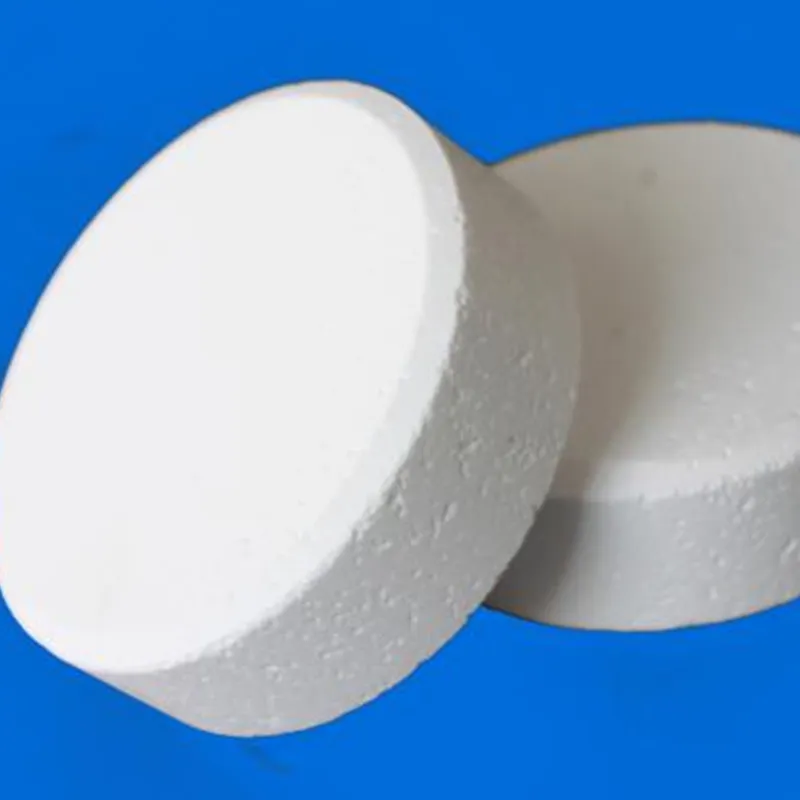
Current Trends in Styrene Butadiene Pricing and Market Analysis
Understanding Styrene Butadiene Prices and Market Dynamics
Styrene butadiene, a synthetic rubber produced from the polymerization of styrene and butadiene, is a vital component in various industries, particularly in tire manufacturing and other rubber applications. The price of styrene butadiene is influenced by several factors, including raw material costs, production capacity, supply and demand dynamics, and geopolitical events. Understanding these elements can provide insights into the current market conditions and future trends.
One of the primary drivers of styrene butadiene prices is the cost of its raw materials—styrene and butadiene. These materials are derived from petroleum and natural gas, making their prices susceptible to fluctuations in the crude oil market. In periods of rising oil prices, production costs for styrene butadiene are likely to increase, leading to higher prices for consumers. Conversely, when oil prices fall, manufacturers may benefit from decreased raw material costs, potentially leading to more competitive pricing for styrene butadiene.
Additionally, the supply and demand balance plays a critical role in determining prices. In recent years, the global demand for styrene butadiene has seen significant growth, primarily driven by the expanding automotive industry and increasing demand for durable rubber products. As manufacturers ramp up production to meet this demand, any disruptions—such as factory shutdowns due to maintenance or natural disasters—can create supply shortages, driving prices higher.
styrene butadiene price

Moreover, geopolitical events can also impact styrene butadiene prices. For example, trade tensions, tariffs, and sanctions can lead to supply chain disruptions, affecting the availability and cost of raw materials. Recent events have underscored the interconnectedness of global markets, demonstrating how political decisions in one region can create ripple effects across the world, influencing prices in seemingly unrelated areas.
Market trends, such as a shift toward sustainability, are also beginning to shape the styrene butadiene landscape. As companies become more environmentally conscious, there is an increasing demand for bio-based alternatives and recycled materials. This shift could introduce more competition and innovation in the industry, potentially affecting pricing structures in the long term.
In conclusion, the price of styrene butadiene is governed by a complex interplay of factors, including raw material costs, supply-demand dynamics, geopolitical influences, and evolving market trends. Stakeholders in the industry must remain vigilant and adaptive to these changes to navigate the challenges and leverage opportunities present in the market. As the world moves forward, staying informed about these variables will be crucial for anyone involved in the production, pricing, or consumption of styrene butadiene products.
-
Pure Sodium Dichloroisocyanurate Dihydrate | Powerful DisinfectantNewsAug.29,2025
-
Industrial Chemicals: Quality & Purity for Every IndustryNewsAug.28,2025
-
Nitrile Rubber Honoring Strict Production StandardsNewsAug.22,2025
-
Aspartame Ingredients Honoring Food Safety ValuesNewsAug.22,2025
-
Fertilizer for Balanced Plant NutritionNewsAug.22,2025
-
Cyanide Gold Processing with High Purity AdditivesNewsAug.22,2025
-
Formic Acid in Textile Dyeing ApplicationsNewsAug.22,2025
Hebei Tenger Chemical Technology Co., Ltd. focuses on the chemical industry and is committed to the export service of chemical raw materials.
-

view more DiethanolisopropanolamineIn the ever-growing field of chemical solutions, diethanolisopropanolamine (DEIPA) stands out as a versatile and important compound. Due to its unique chemical structure and properties, DEIPA is of interest to various industries including construction, personal care, and agriculture. -

view more TriisopropanolamineTriisopropanolamine (TIPA) alkanol amine substance, is a kind of alcohol amine compound with amino and alcohol hydroxyl, and because of its molecules contains both amino and hydroxyl. -

view more Tetramethyl Thiuram DisulfideTetramethyl thiuram disulfide, also known as TMTD, is a white to light-yellow powder with a distinct sulfur-like odor. It is soluble in organic solvents such as benzene, acetone, and ethyl acetate, making it highly versatile for use in different formulations. TMTD is known for its excellent vulcanization acceleration properties, which makes it a key ingredient in the production of rubber products. Additionally, it acts as an effective fungicide and bactericide, making it valuable in agricultural applications. Its high purity and stability ensure consistent performance, making it a preferred choice for manufacturers across various industries.





